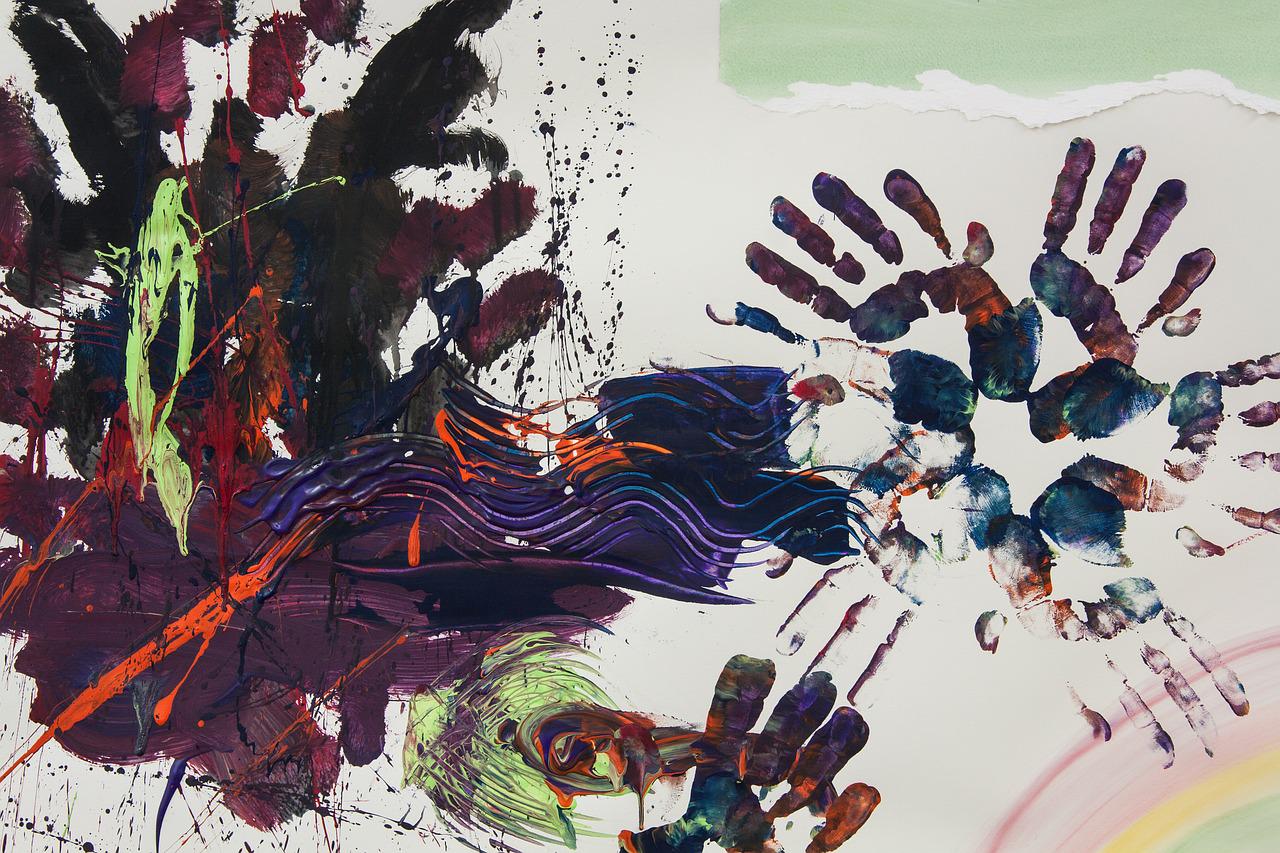
Art 101: Basic Principles of Futurism
When it comes to modern art, it’s clear that there are lots of art styles to be tried. In this article, we talk about the basic principles of futurism.

When it comes to art, there is a demographic that prefers traditional art pieces over modern ones because it’s easy to objectively criticize the piece in terms of variables. However, modern art has shown some developments that we think are worth noting, like futurism.
In this article, we want to focus on futurism and the basic principles of futurism because we want to bridge the gap and explain why this art style has paved the way for more modern styles to emerge.
We respect old art styles because they did help introduce art in general, but we also have to embrace new concepts because the world continues to thrive with development, and the same principles can be applied to art.
We think that modern art is slowly evolving and shows how far we’ve come since our first style, which is why we want to honor how it began because we are amazed by the progress we’ve made in the art industry.
Futurism is just one of the kinds of art styles that are categorized under modern art, but we think it has significance in how modern art came to be. Let us know what you think of the development of art.
Why Is Futurism Significant?

Before we get into the basic principles of futurism, we want to talk about why futurism is important in the path that leads to modern art. The focus of this art style was to forget the strictness of the past and move on to more dynamic styles. It was first developed in Italy during the 20th century
It started when Tommaso Marinetti, an Italian poet wrote his manifesto about futurism. He was inspired after he swerved his car to avoid a bicycle. He was inspired by the concept of old vs. new, which was presented by the bicycle versus the car.
In 1910, a couple of artists picked up on the movement and decided to embrace it. They believed that the old ways were obsolete and oppressive.
With that, three painters went on to write a manifesto of paintings for futurism, which has then provided more prospects for modern art to begin.
Basic Principles of Futurism

Now that we’ve talked about why futurism is significant in modern art, let’s talk about the basic principles of futurism. There are three key ideas to remember when it comes to futurism:
-
Futurism and Fascism: The Italian artists that contributed to the first manifesto of futurism also believed in fascism. This is because both parties believed in the patriarchy and were excited by the idea of violence.
-
Further Development of Media: While writing manifestos was fairly common for the time when futurism was introduced. Artists that followed this art style further spread the word of their style through printing, mass media, and transportation.
- The Dynamic of futurism: The primary key of futurism was to depict movement on canvas. This is why most of the art based on this style incorporated more dynamic strokes to show how movement can be translated with traditional materials.
Artists pioneered this movement because they believed that there was more to art than just the traditional art styles. However, a lot of the other artists were troubled by their association due to fascism.
Key Takeaways:

Now that we have discussed the basic principles of futurism, we hope this encourages more artists to look into this style. While it may have had some ties to fascism, you don’t have to agree with the political views of the pioneers of this art style.
We think that this art style has a lot of potentials if you’re part of a community that doesn’t enjoy stagnant art styles. The depiction of movement with mediums has been so interesting, which is why we think more people should know about it.
Let us know what you think of futurism in art.





